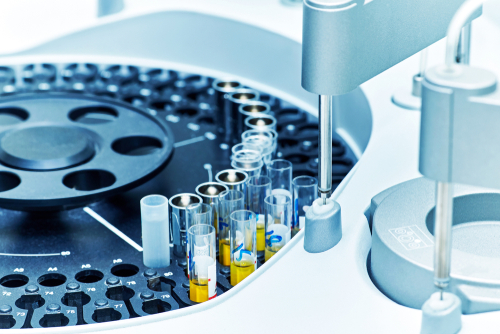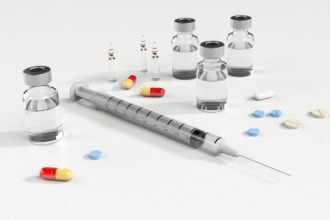Even with funding sources like loans, government grants, and donations, managing a laboratory isn’t cheap. From finding an ideal commercial property and hiring an efficient team, to covering the cost of equipment, supplies, research, and testing, the costs really add up. That’s why it is essential for lab owners/managers to adapt financial management strategies that save them money and stretch their budgets further. Continue reading for advice.
Create and Use a Budget
Proper management of your finances is hard to do without a visual. A budget, therefore, provides you with a detailed look at what you have (available capital) compared to what you need (expenses). When you have this information readily available, you can better control finances, ensure that your laboratory is meeting its commitments, and make informed decisions as it pertains to purchasing and growth.
Lease Lab Equipment
One of the biggest expenses for medical labs is equipment. While this equipment is necessary to produce the best results, it can eat up a huge chunk of your budget. Other than making sure you take proper care of the equipment and keeping up with maintenance, lab owners can save money by leasing their equipment instead.
Companies like Excedr make it easy for laboratories to have access to state-of-the-art equipment affordably. Leasing and service contract offers to allow for labs to order the equipment they need without having to sink thousands of dollars into it upfront. For a monthly fee, you can utilize the lab equipment. Not to mention, should the equipment malfunction, the service contracts ensure that the equipment is up and running without additional costs.
Buy in Bulk
While lab supplies aren’t as expensive as equipment, the frequency of purchasing supplies is greater. To try and cut back on these laboratory costs, it is highly recommended that you order in bulk. Bulk purchases essentially mean that you get more of the supplies you need for a lower cost. So, instead of having to order supplies frequently you can place a large order and start building a stockpile that over time will save your lab more money.
Shop Around for Vendors
When shopping for equipment or supplies for your laboratory, it is highly recommended that you weigh your options carefully. While you don’t want to sacrifice quality, there are vendors that offer what you need at an affordable rate. Ask other lab owners or complete an online search to determine which vendors are advertising the best deals. Often, if you’re willing to order in bulk or enter a contract, vendors are willing to offer you even more savings.
Streamline Processes
Believe it or not, wasted time also equates to wasted money. Periodically review lab workflow and processes to discern which are most effective and which ones might need work. A careful review of the workflow can also disclose which procedures are costing more than others. Once you have this information, you can use it to eliminate unnecessary tasks/procedures and streamline other processes for improved productivity. This, in turn, allows your team to work more efficiently and get things done without financial waste.
Hire the Right Team
Another big expense for lab owners is staffing. Obviously, you’re going to have to offer competitive rates and fringe benefits to attract the top candidates in the industry. Be that as it may, having the wrong group of professionals working in your lab wastes a lot of money. Applicants that are inexperienced, for example, make more mistakes and slow productivity. Not to mention, if turnover rates are high, the cost of hiring someone new and getting them acquainted with your lab, policies, procedures, and other employees is time-consuming and costly.
Lab owners/managers are, therefore, advised to invest time, money, and resources into their hiring process to ensure that they identify the best applicants, weed out those that are unqualified, and reduce turnovers.
Conserve Energy
Another high cost for laboratories is energy. Labs tend to use more energy than other types of businesses which, in turn, increases the energy bill. To get those costs to a manageable level, there are several things you might consider. Some suggestions are as simple as turning off electrical devices when not in use, putting equipment and devices on sleep mode, and investing in energy-efficient equipment. Other recommendations include shutting the sash, keeping up with the maintenance on equipment, and managing equipment like freezers with care.
Operating a medical laboratory comes with an array of high costs and expenditures. As obtaining capital to run a lab is very different from organizations that sell products or services to generate profits, it becomes necessary for lab owners to learn how to make the best of the funding they receive. By starting with a simple financial management practice like creating a budget, lab owners/managers are able to make more informed decisions as it pertains to workflow, employment, supplies, and equipment that will essentially help to stretch their budgets further.








